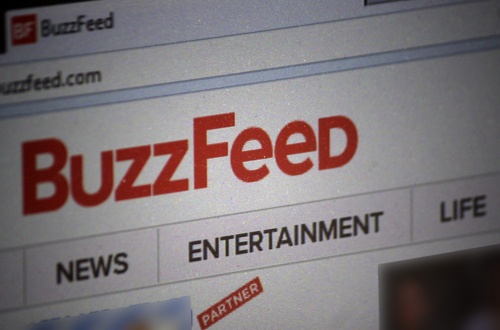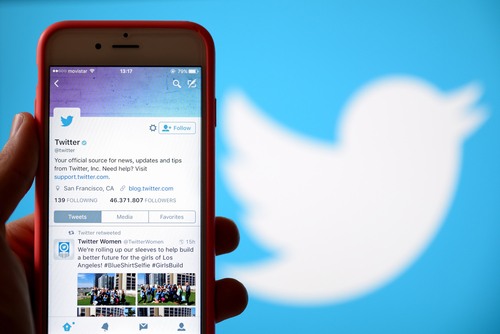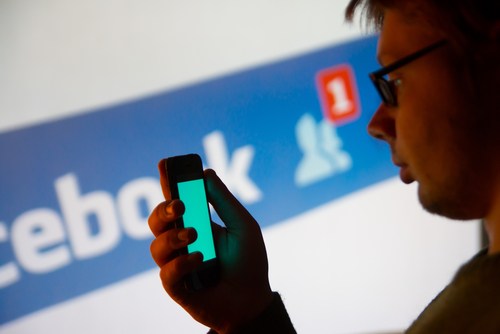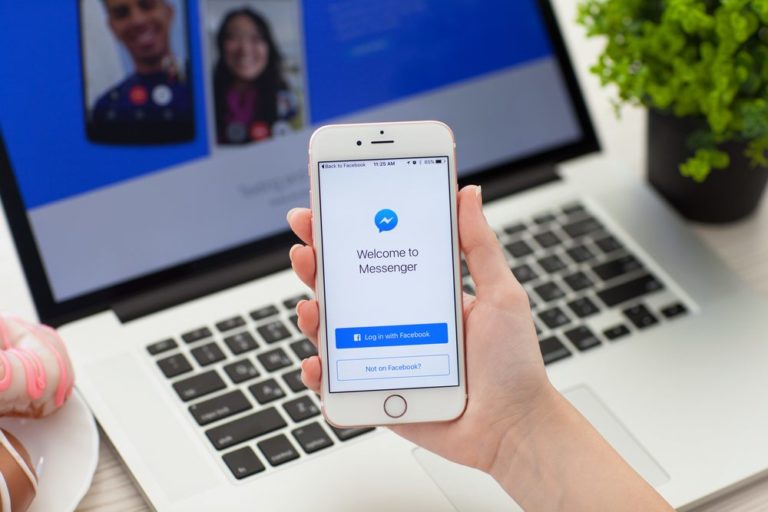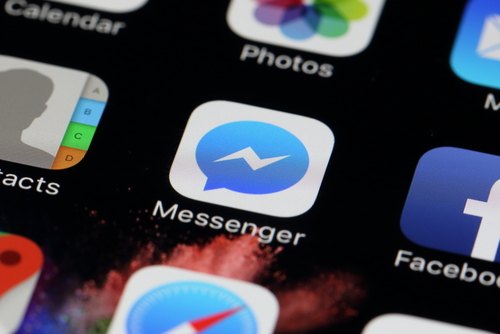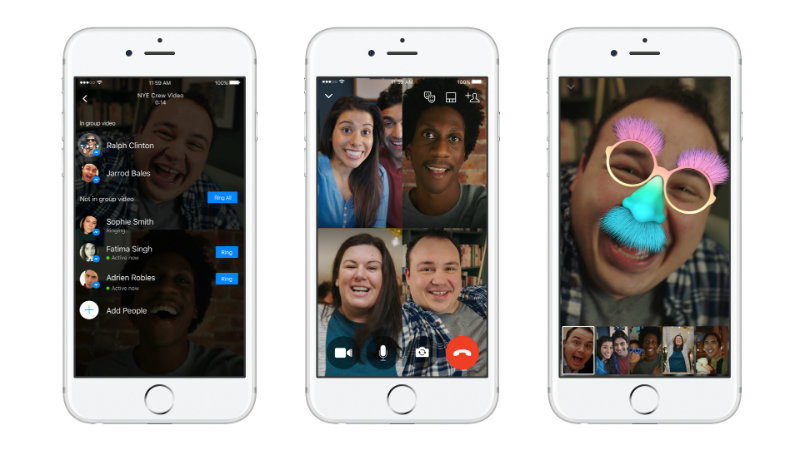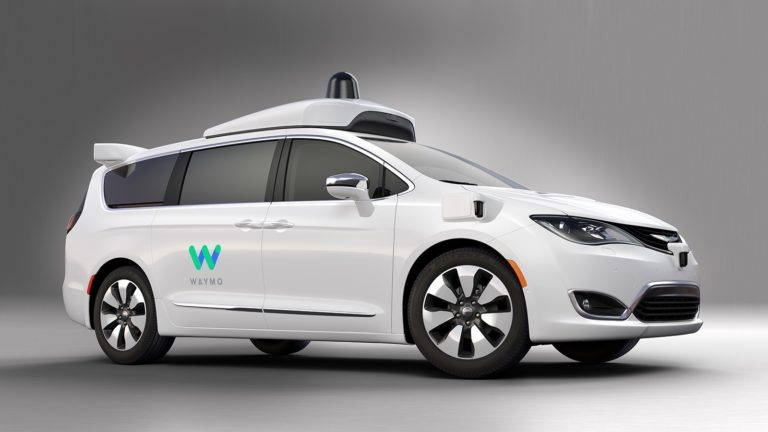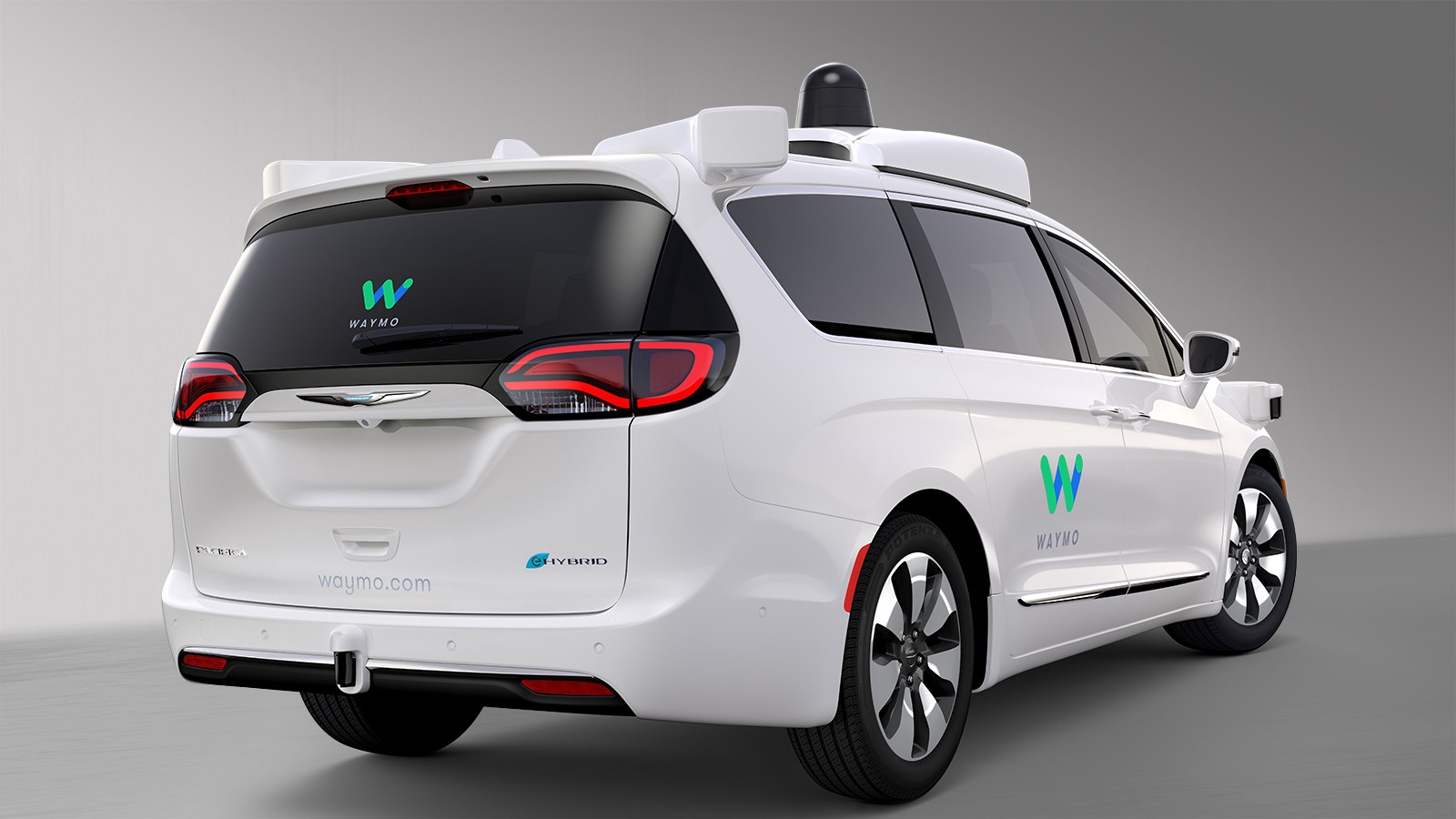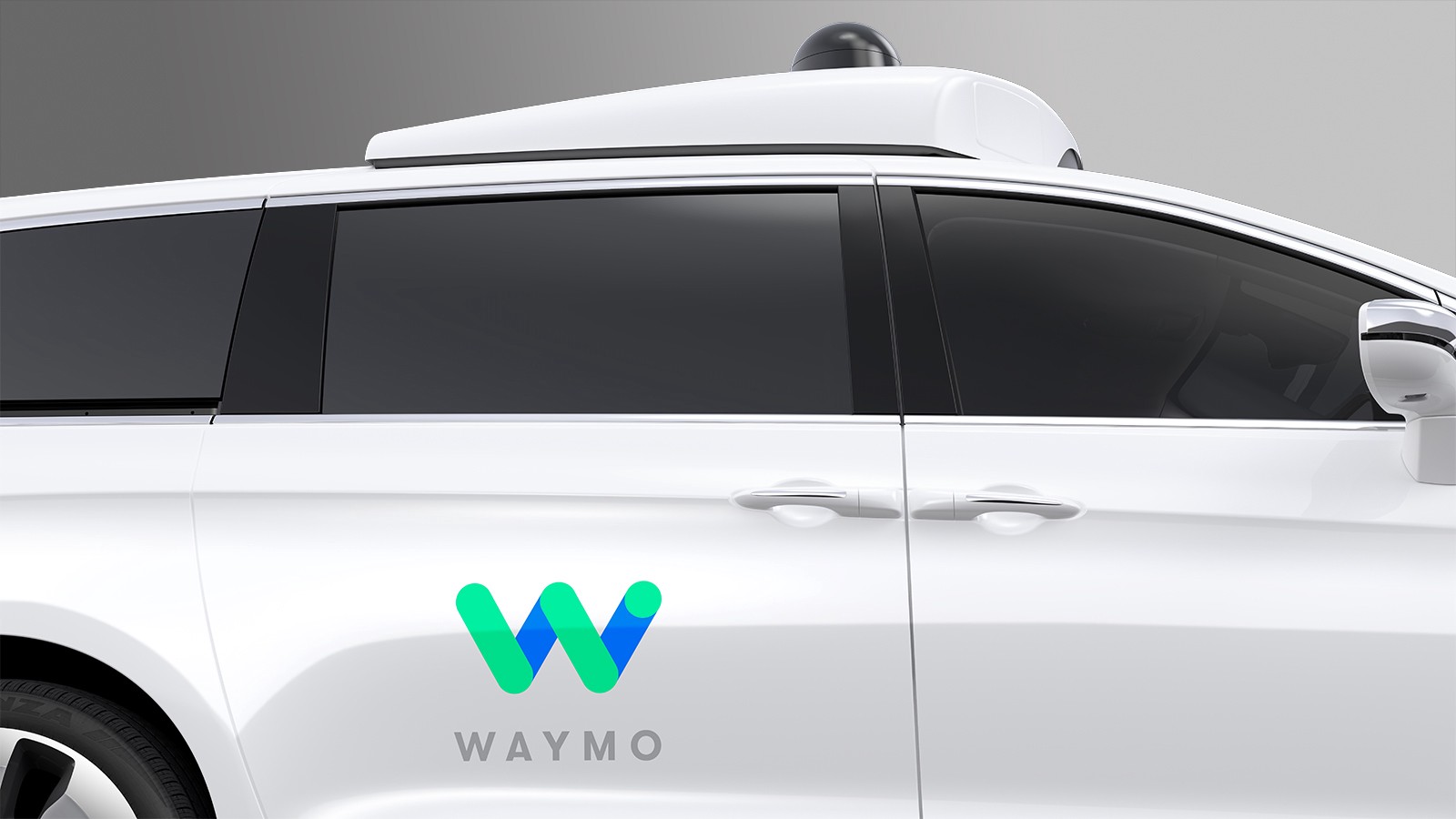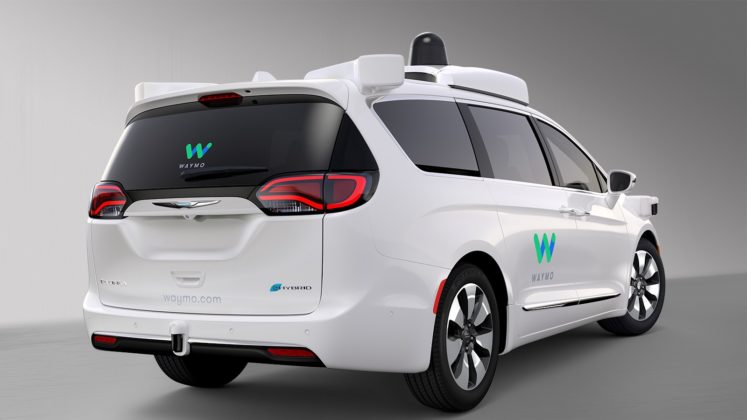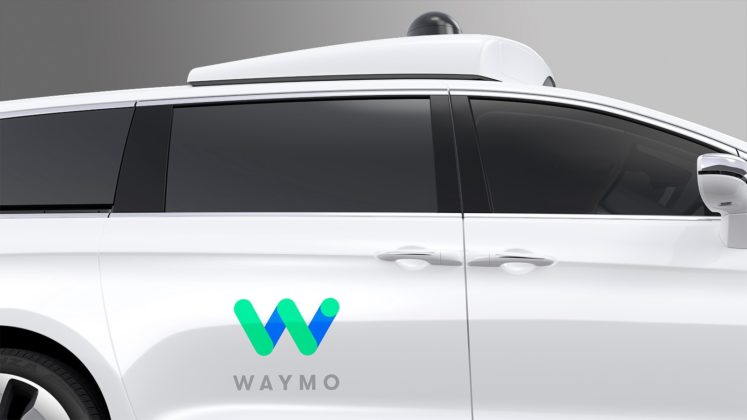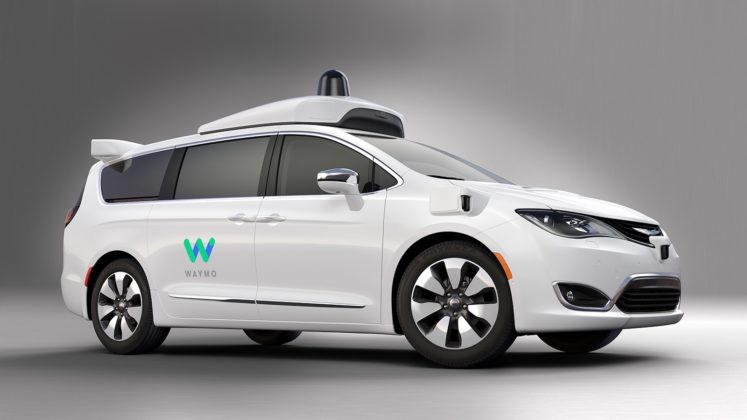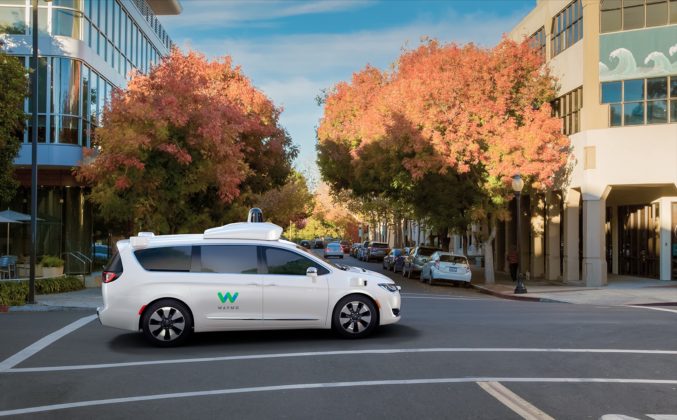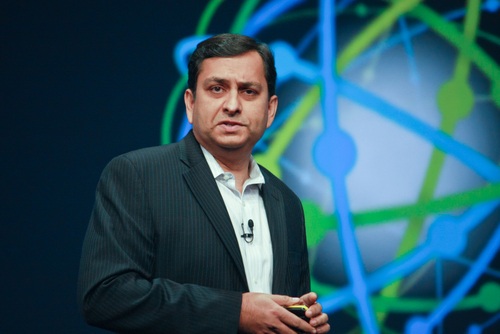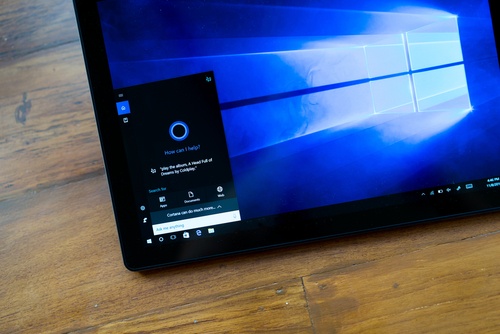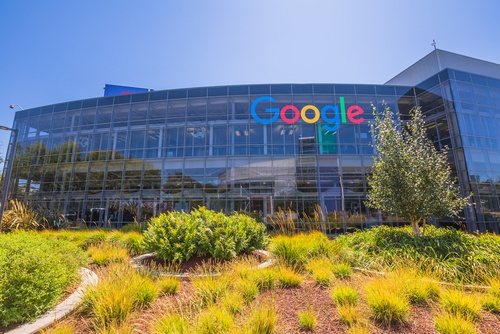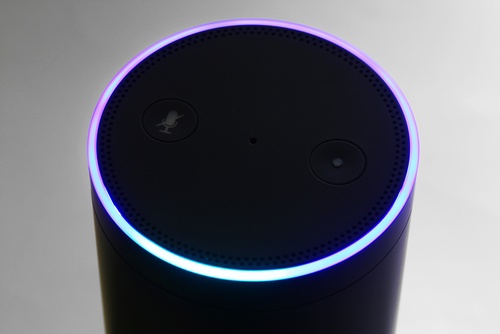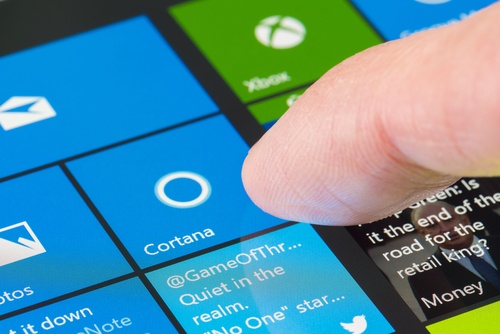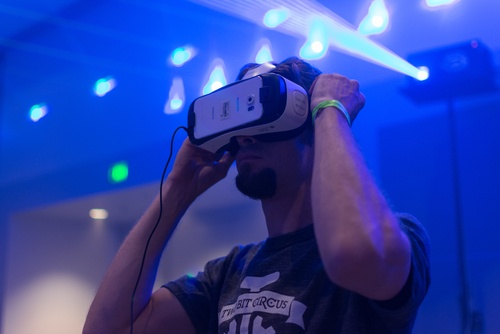A White Ops “Operation Methbot” report reveals hackers stole between $3 million by using bot farms.
Last week President Obama promised retaliation against reported Russian election hacks. President Obama asserted America needs and will take action against Russia for the hacks. But, it looks as though Russian cybercriminals are affecting more than just the election.
A White Ops research report released on Tuesday reveals that hackers from Russia were able to defraud U.S. online advertisers of more than $3 million a day.
White Ops, an advertising fraud detection firm, published a report called “The MethBot Operation”. In the White Ops report researchers revealed how Russian hackers were able to hack advertising companies out of millions of dollars. The report argues that the hack against U.S. advertisers is the biggest fraud operation against digital advertising in history.
The Operation was reportedly called “Methbot” after several references to “meth” were found in the code of the Russian hacking program.
According to White Ops, the operation produces large numbers of fake video advertising views by using botfarms and targeting premium advertisements.
White Ops explains that by using several automated web browsers from stolen IP addresses, the Methbot operation works by “watching” as many as 300 million video ads per day on fake websites designed to look like a premium websites.
In addition, more than 6,000 premium domains were targeted and later imitated in order to attract premium advertisers to spend money on their website.
The Methbot operation was able to earn between $3 to $5 million in revenue per day by using over 6,000 spoofed websites. However, White Ops continues on by saying that, the total economic impact may be far greater than the original estimates.
In order to avoid getting caught, the Methbot used faked clicks, fraudulent mouse movements and social network login information to create an illusion of engaged human consumers. Not to mention, hackers manipulated the geolocation information by commandeering IP addresses.
This news comes after several major advertising companies have been contacted by the US Department of Justice antitrust unit. WPP, Ominicon, Publicis and Intercom disclosed that their companies were contacted by government authorities for allegedly “bid rigging”. As the Federal Trade Commission explains, bid-rigging comes in several different shapes. But, it essentially works when competitors work together to share profits of the industry. For example, after working out a deal one company could agree to being a low bidder, to help out their competitor.


